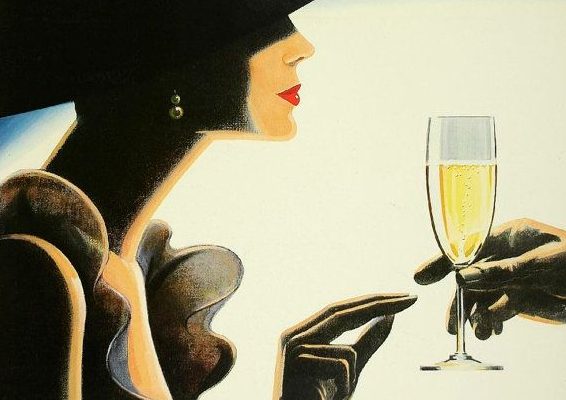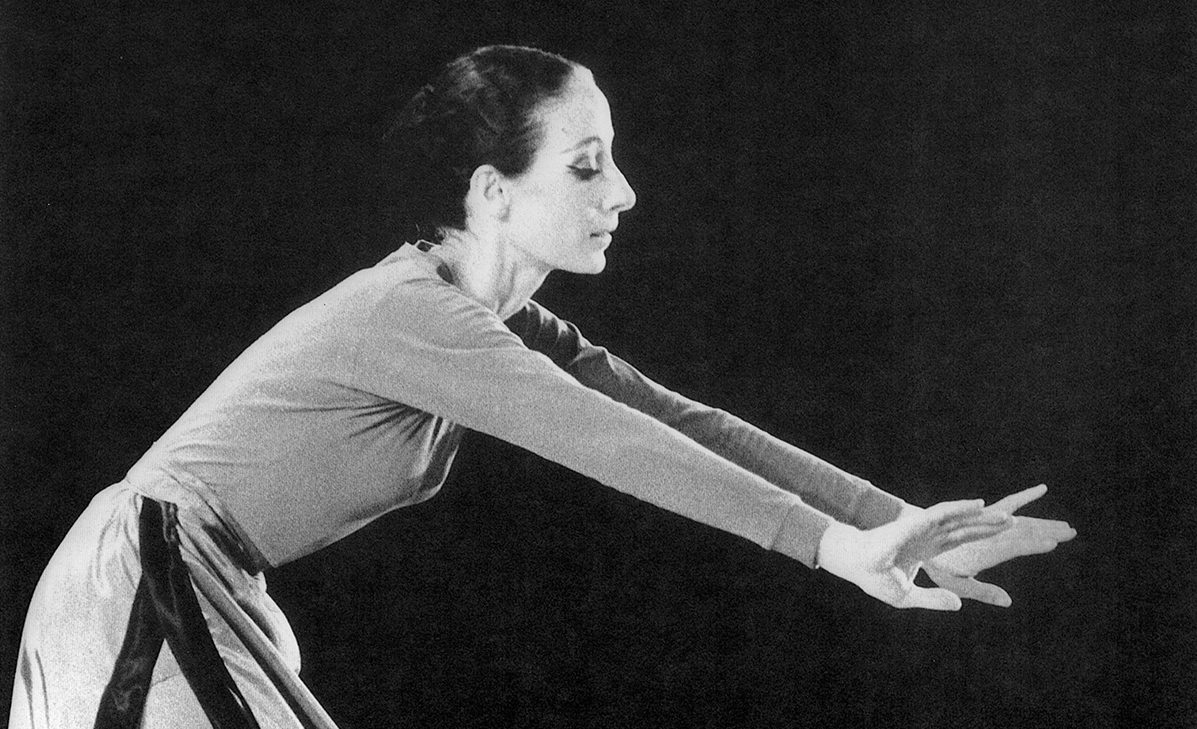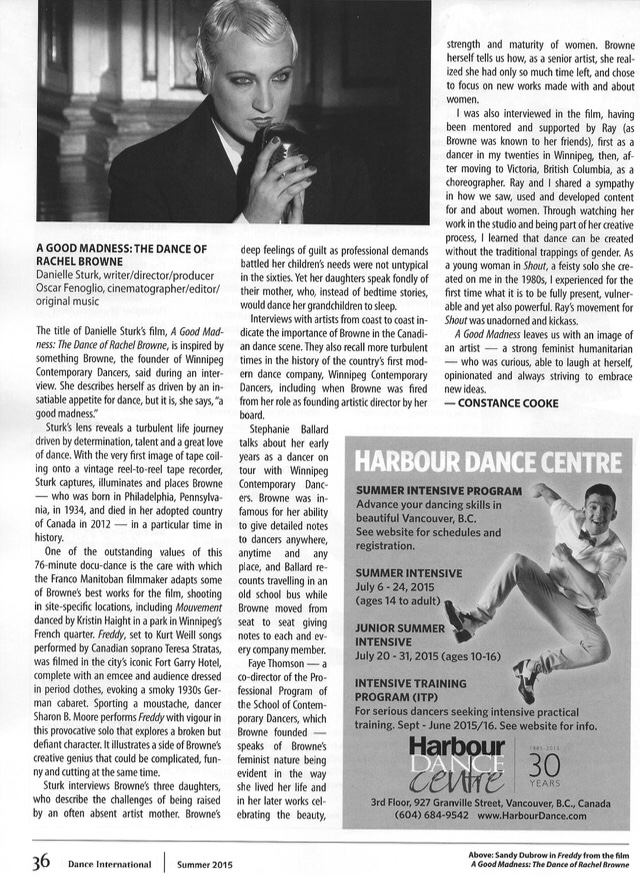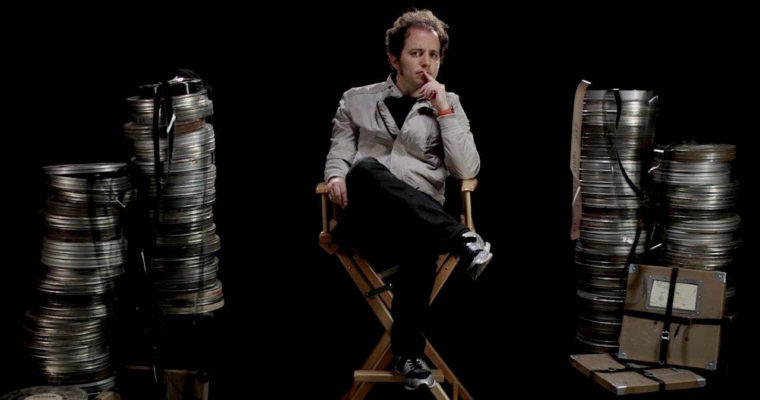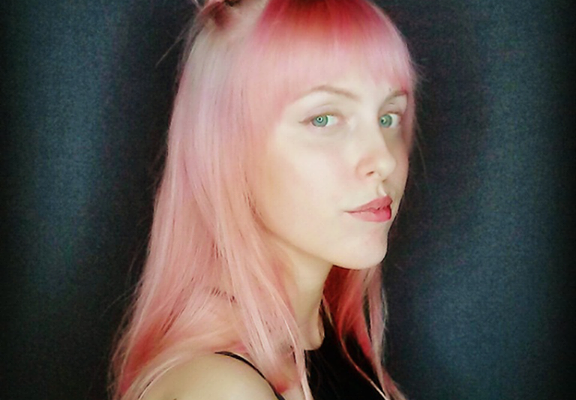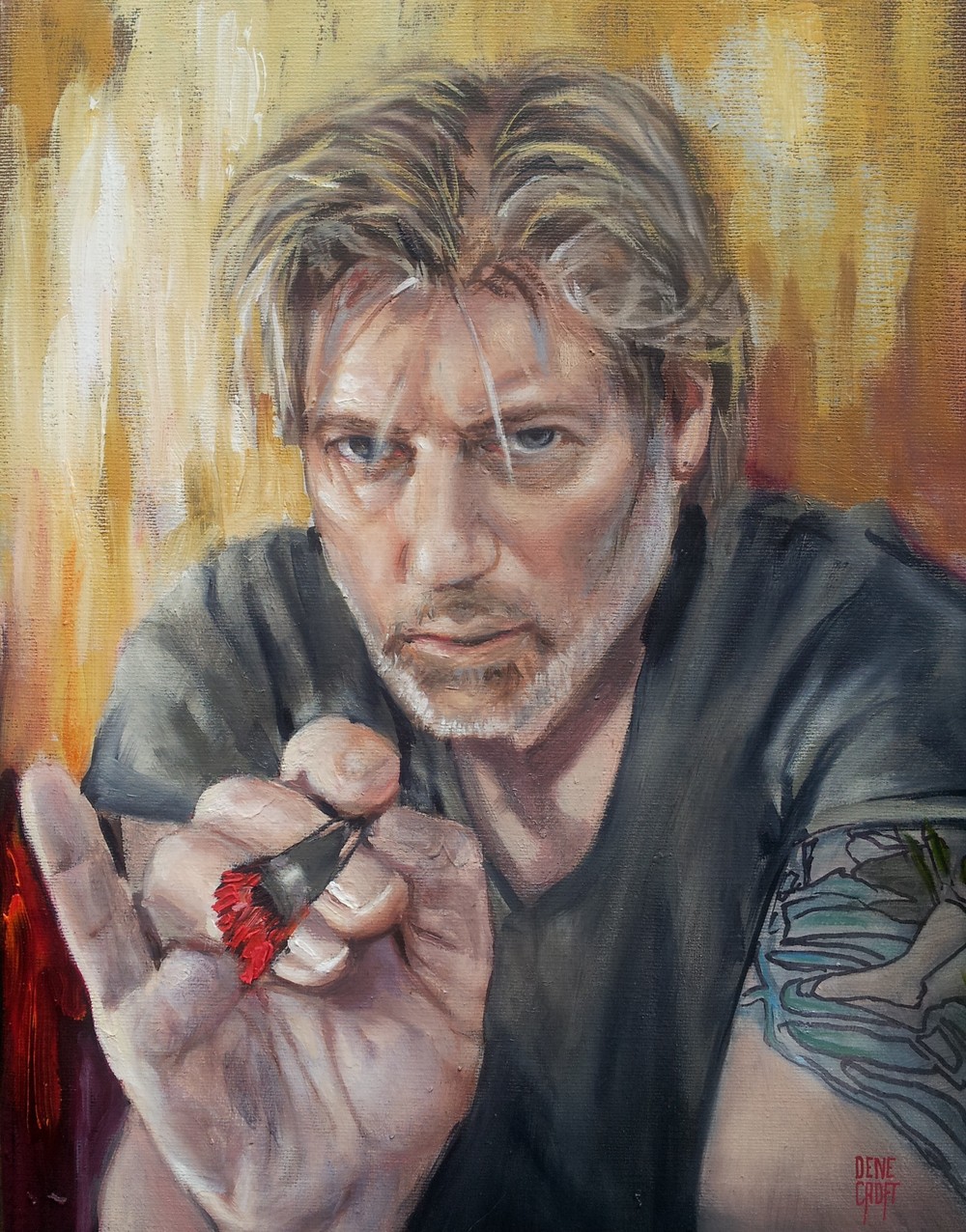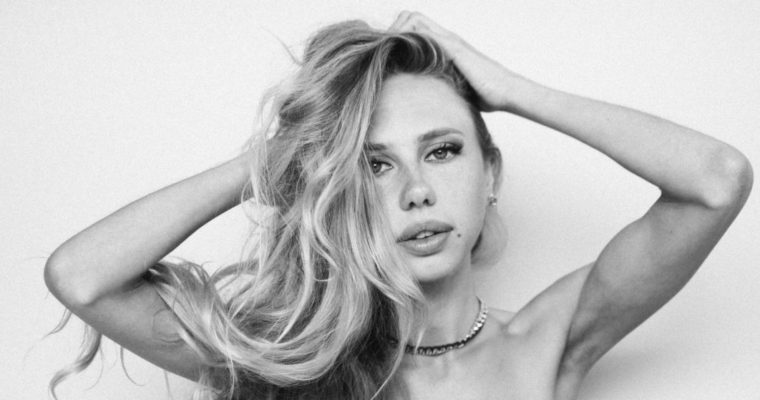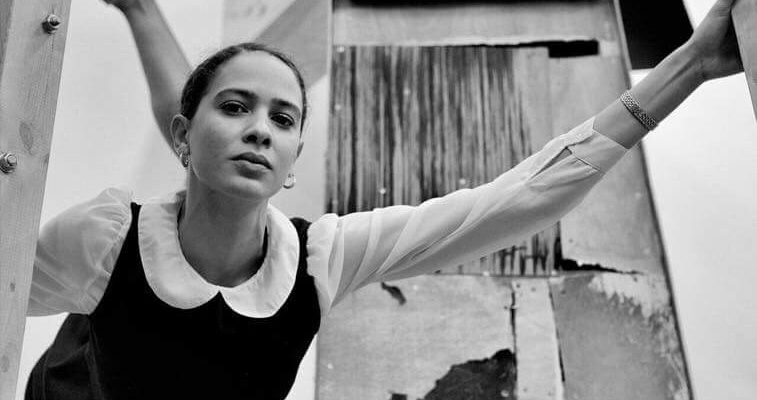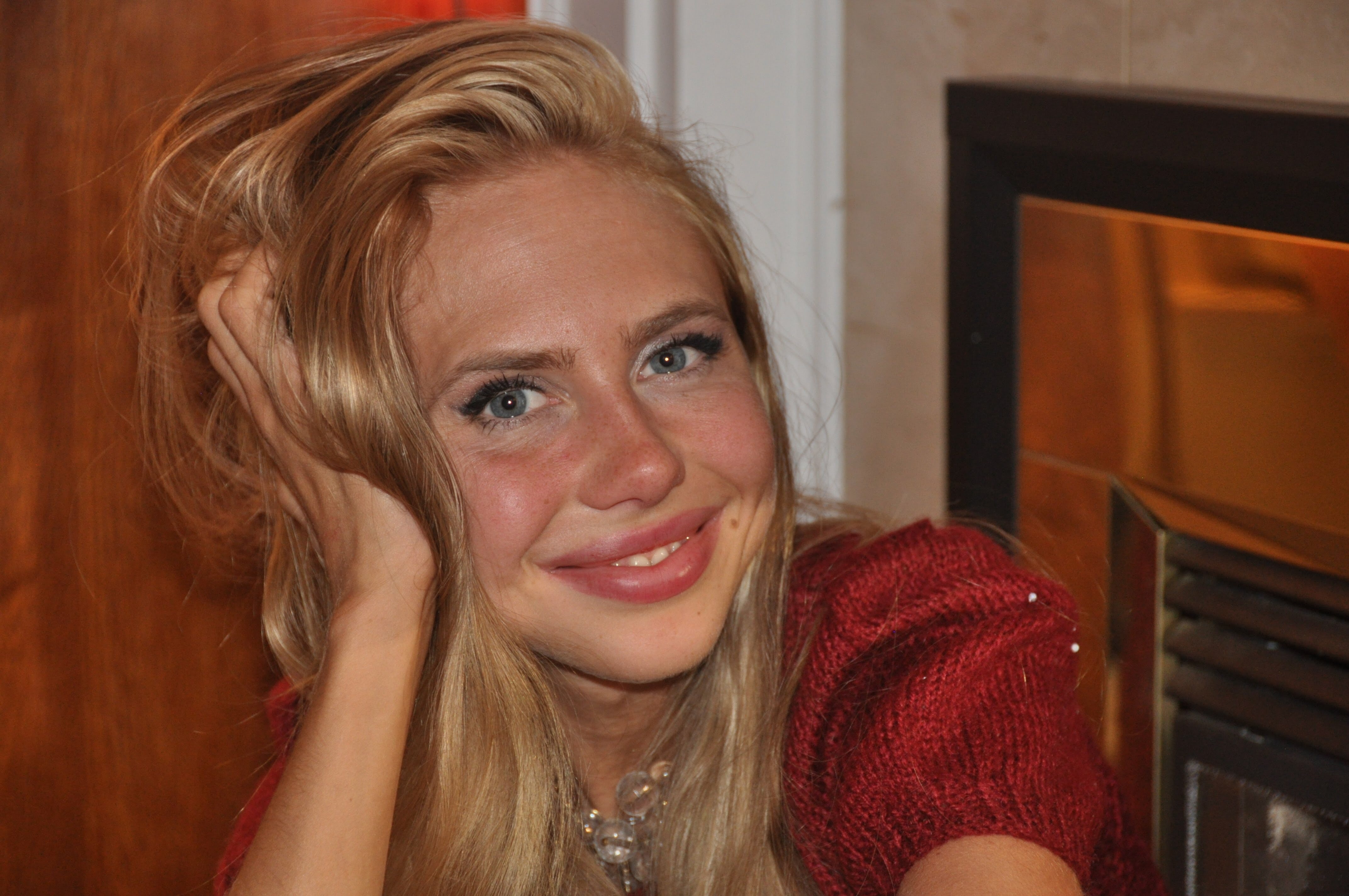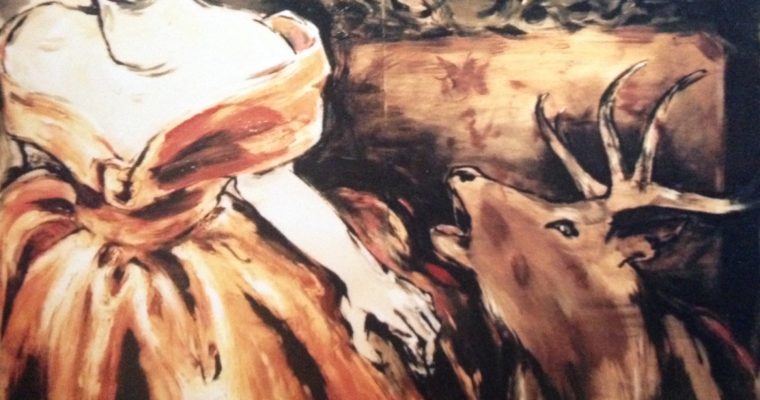I awoke this morning, on my champagne birthday, feeling rather glum. 25 on the 25th of November. I looked around my unkempt room, and as I breathed in the stale air of smelly dog, and his less than squeaky clean master, I couldn’t shake the shame of how deeply I’d let myself down.
This past Halloween, a man selling glasses might just have changed my life. After telling him I loved his outfit, he thanked me and said that he liked to look good. Now, I’m sure this wasn’t pointed, but I had to compare his polished appearance to mine of its usual frumpy, undone manner. With an air of pride in my blasé lack of effort, I admitted that I hadn’t really tried to look good this morning. To my horror, he responded that he ALWAYS did, and this was most definitely pointed. I was ashamed. My jacket was dirty, my hair was in tangles, and I probably had leftover mascara from the day before lingering under my eyes. I did not look like who I wanted to be.
This incident sprung forth a long overdue churning of the wheels in my mind on the art of taking care. This concept of ‘laissez-faire’ tends to be a pervasive theme of mine. Whether it be on instagram; leaving it all unfiltered and undone, my home environment; a mess of books, clothes, candle wax, and papers, my body; beat up in dismissal, the work I do, or meals I prepare; I fall short of executing with the care and excitement I once harboured.
As a child, the world was a wonder, before it became dull and mundane, and each moment ceased to be a fascinating adventure. Where did that magic go? I hold a strange notion that not taking time to feel beauty in life is somehow an accomplishment. Martyrdom. It is as if I am saying ‘Here I am,’ thrown myself into the world, carefree, raw, and real; when in reality, I’m just being lazy.
Now, this unworthiness does stem from childhood trauma, and we will delve into PTSD at a later date; but to keep things relatively light, let’s just talk moving forward.
I had often looked down on the act of self love, and I’d thought there was something vain and disdainful about self care. That was for the trophy wives, the women who lunch, the type of woman that quite frankly, I decided, I am not.
I mean really, why put in the effort? Why bother trying? Like, what for? Who for? How indulgent. How selfish. Girl, was I ever wrong.
Me, that’s who for. It’s time to show up for me. To clean up my environment, and to care for those around me. This new act of love will pour out into every facet of my entire life. I refuse to do things half way from this moment forward. I refuse to be the girl who never steps up to embrace the challenges of the world because she doesn’t really feel like it. I refuse to be the girl who scoffs at doing activities for pleasure. I refuse to be the girl aloof with the mentality that lacking standards, veiled in some mask of being unrefined or authentic is somehow noble.
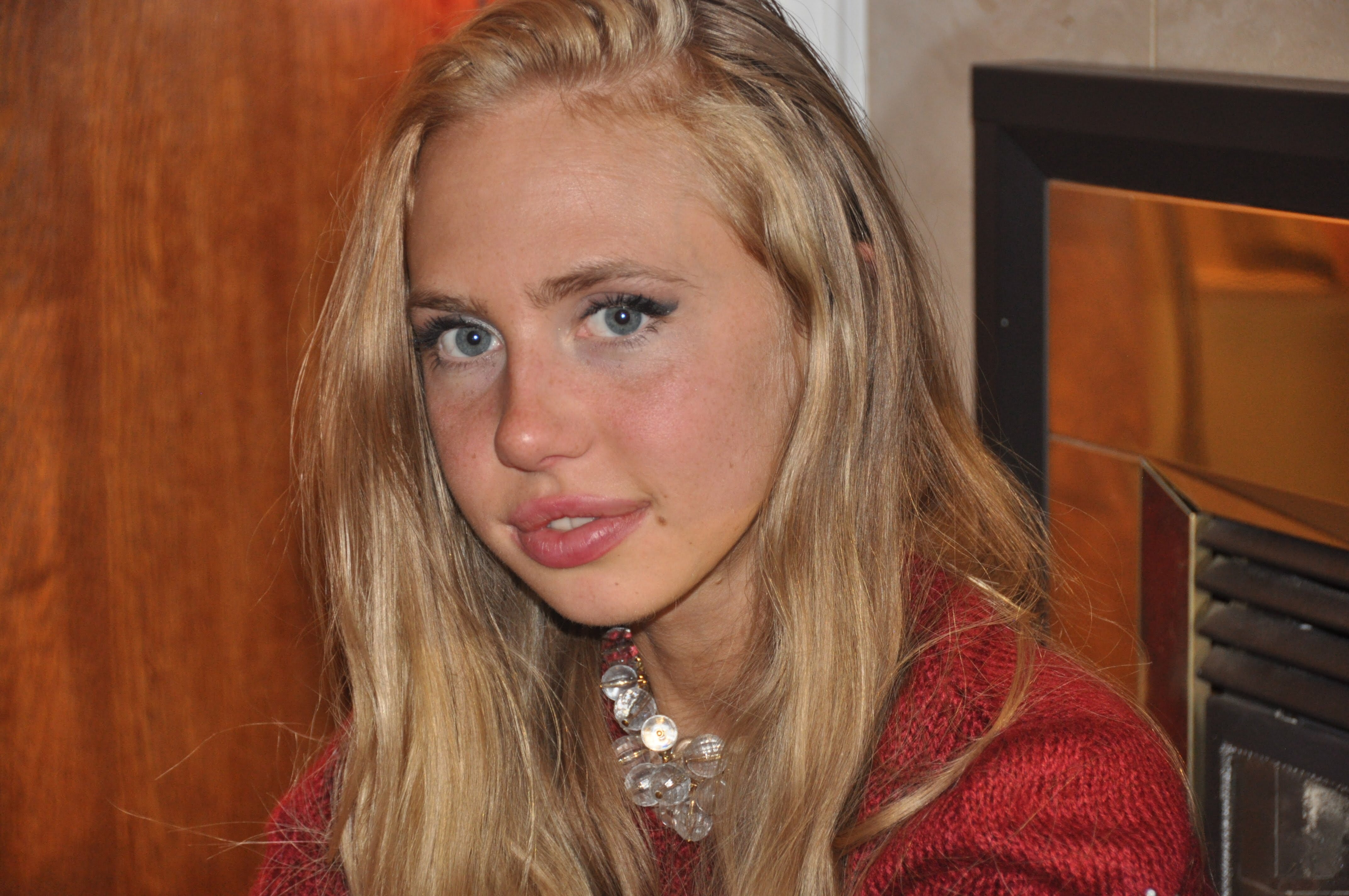
The choice is yours. There is no shame in taking pride. You are not more real by a refusal to raise a finger. You are not more you by letting yourself go. You are not more free by ignoring the one who deserves to be taken care of.
So, this morning, on my champagne birthday, I got up, took a shower, cleaned my room, put on a little makeup, and took on the day. Why bother? Because I am fucking worth it, and I am my own god damn birthday present to my fine ass self. I am committed to me, and I am never not going to practice the art of taking care.
written by cassidy

